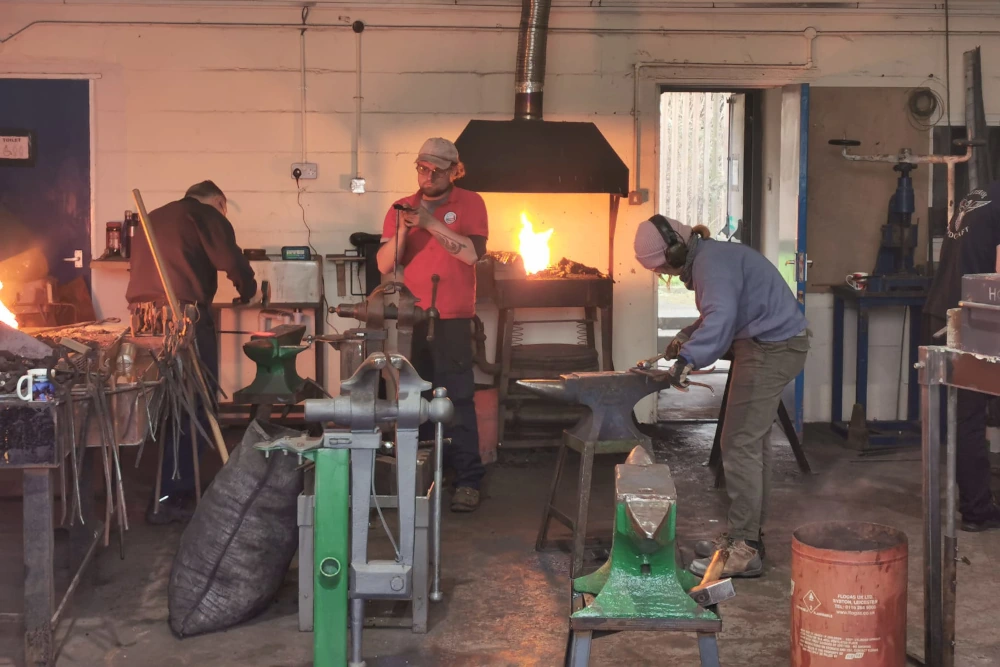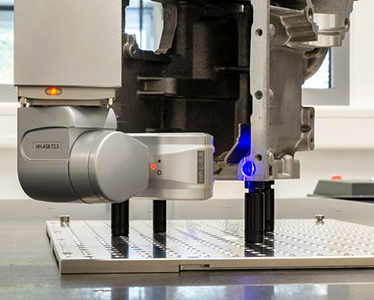Forging Metals: Maple Methods & Applications
2023-09-08
Metal forging is a manufacturing method that involves shaping metal using compressive force with a hammer, press or other equipment. Depending on the metal being forged and the desired output, this procedure can be carried out at various temperatures.
In this article, Maple will discuss the different methods and applications of metal forging.
What is metal forging & its purpose?
Forging, a metal shaping method that uses compressive, localised forces, has been around since the time of the ancient Mesopotamia in 4000 BC. The process has evolved significantly since then, resulting in a more efficient, faster and more durable technique.
Most forging today is completed with forging presses or hammering tools powered by electricity, hydraulics or compressed air.
The goal of forging is to quickly and repeatedly shape metal. Compared to other manufacturing methods, metal forging creates some of the most durable manufactured parts available.
Forging process: What happens to the metal?
Impurities in the metal break up and redistribute during the forging process. This drastically reduces the number of inclusions in the forged part.
What are inclusions? These are composite elements that are present inside steel during the manufacturing process, and produce stress spots in the final forged pieces. While impurities should be handled during the initial casting process, forging refines the metal further.
Forging also strengthens metal by alternating its grain structure; a crossed grain structure enables more even distribution of force, resulting in a stronger component.
Key characteristics of forged metal
·Dependability in highly stressed and sensitive applications. Offers good strength and toughness, crucial for important components.
·Forging typically creates little or no scrap, making it less expensive for medium to large manufacturing batches.
·The forging process can produce the final part very fast, typically within one or two hammer strokes.
Forging equipment
Depending on the exact method employed, there are four types of forging equipment tools.
Hammers
Forging at its most basic form requires impact; the most effective tool for generating this force is a hammer.
Smaller parts are still sometimes forged using hand tools, but on mass production lines, power hammers are used. These often use a combination of mechanical and hydraulic systems to raise and accelerate the hammer head. An anvil is usually incorporated into the tool but they also have the facility to attach other tools too, depending on the task.
Presses
Mechanical or hydraulic presses apply continuous pressure on forging dies. To vertically push metal into die cavities with controlled high pressure, this type of machinery often requires in excess of 50,000-tonnes of force. The metal is slowly pushed into the dies, rather than deformed with constant strikes.
Upsetters
Upsetter forging is similar to press forging, with the key distinction being that an upsetter is a horizontal forging press. Instead of driving metal downward, metal is pushed horizontally into the die impression.
Roll forging
Roll forging is often used to produce continuous parts. During this process, the workpiece is fed through two specially shaped rolls to form a long product with a varying cross section, minimising the need for material removal.
What metals can be forged?
Because all metals can be impacted by heat and compression, forging can shape and create almost any metal; further refinements to the forging process have continuously increased that total.
Many manufacturers opt for forging because of its ability to create pieces with high mechanical qualities and minimal waste. The goal of the process is to deform metals to a specified geometry, giving them fatigue resistance and strength.
While most metals can be forged, carbon, alloyed and stainless steels are the most widely used. That being said, forging can efficiently and affordably generate a large number of pieces from most metals.
What metals cannot be forged?
Because of their limited ductility, some metals such as cast iron and select high-carbon steels, cannot be forged. Furthermore, some metals such as high-strength alloys may be too brittle to endure the forging process.
























































